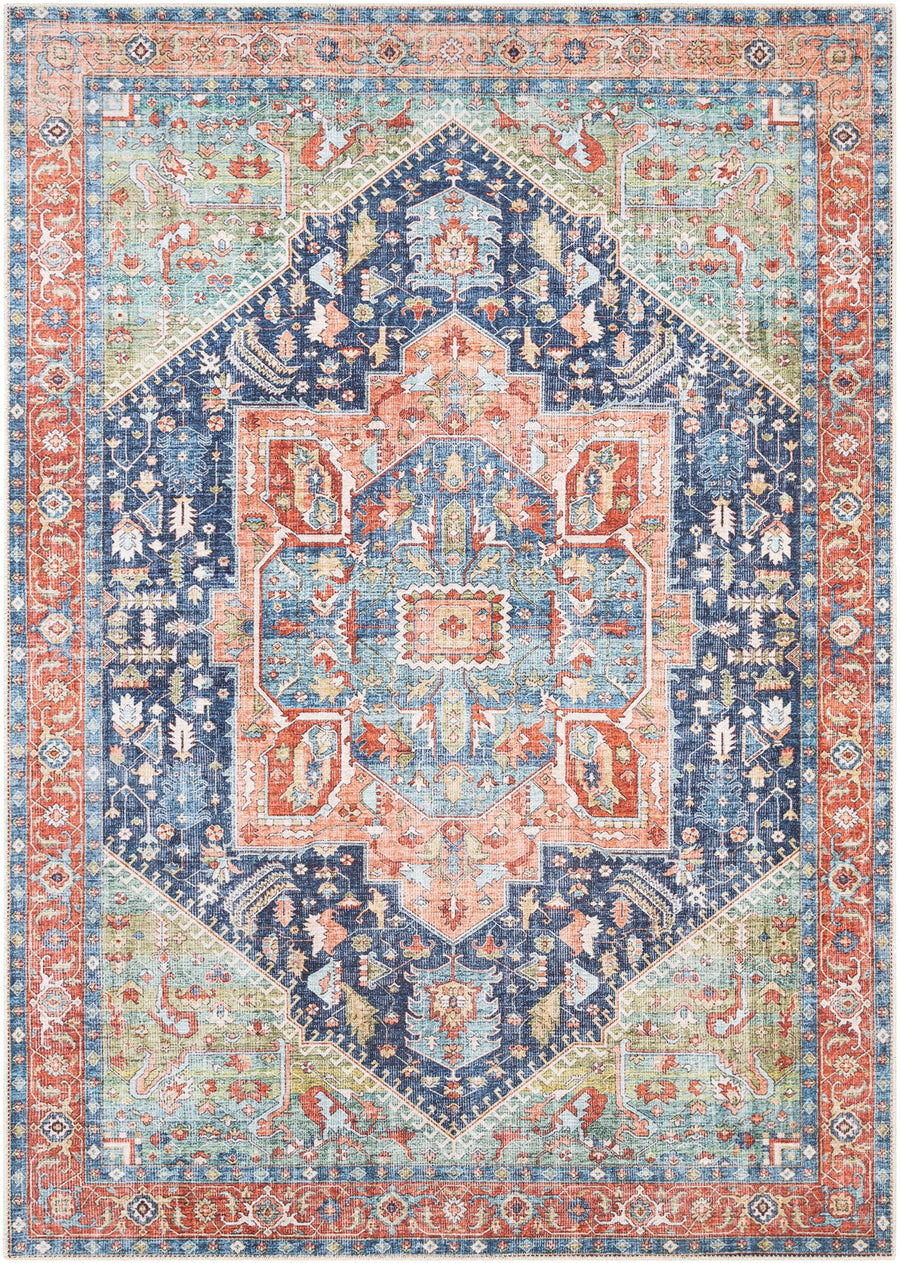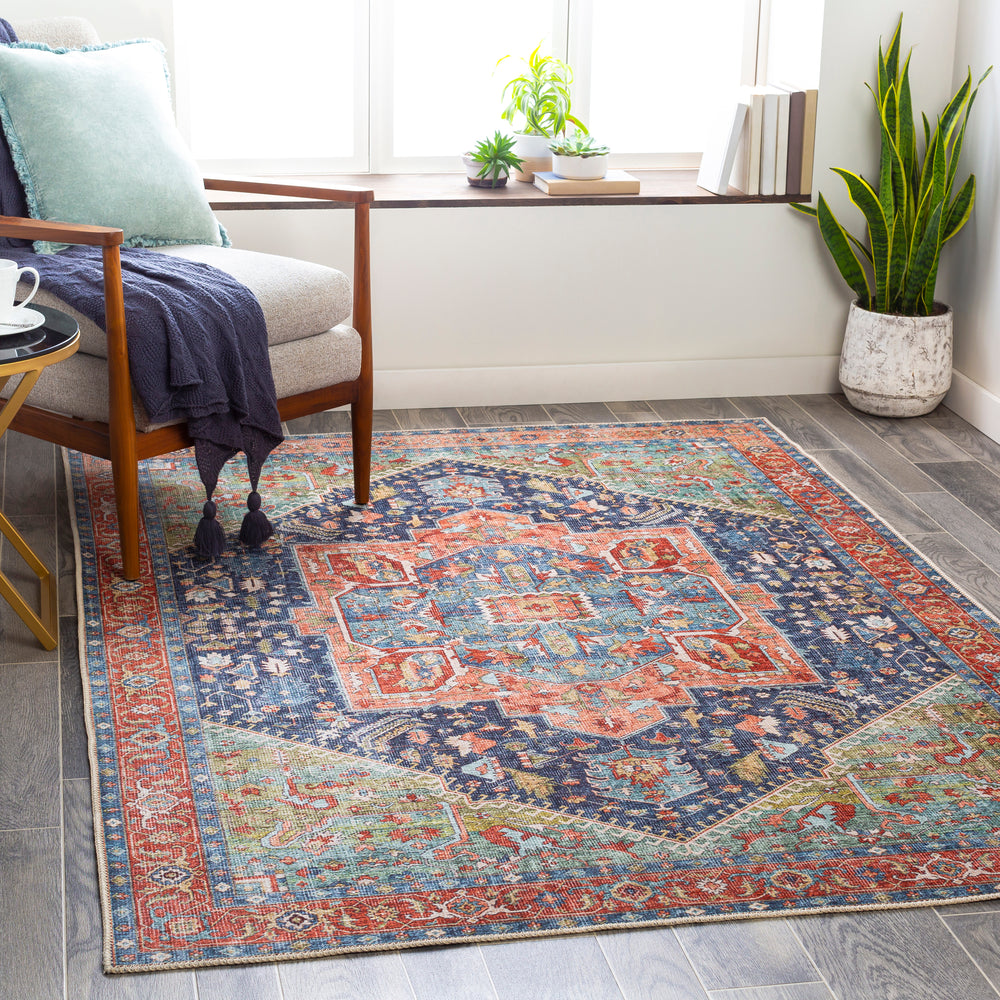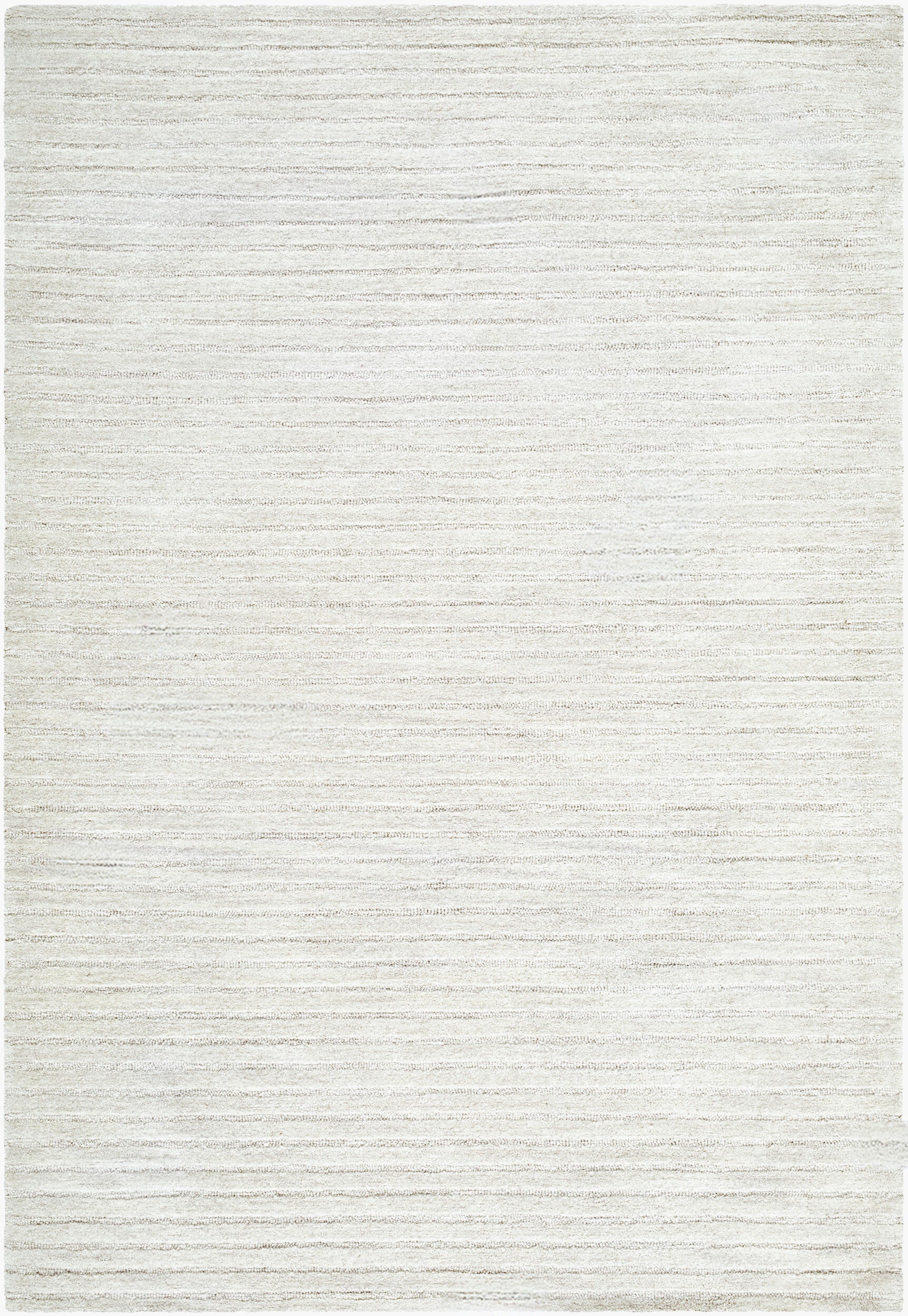Your Guide to Layering Rugs in Any Room (Like a Pro)
Ever walk into a room and feel like it’s missing...something? You’ve got the furniture, the lighting is just right, the artwork is hung, but somehow the space still feels a little flat. Here's the thing: often, it’s the layering, the finishing touches, that bring a room to life. And when it comes to layering? Rugs are one of the best-kept secrets in the design world.
Layering rugs isn’t just about stacking them up, it’s about creating depth, adding texture, and introducing visual interest that makes any space feel more intentional and complete. Whether you're refreshing your living room, upgrading your bedroom, or cozying up a home office, mastering the art of rug layering can transform your space.
Photo By Manor Designs
Why Layering Rugs is a Good Idea
Layering rugs has become a go-to design move for a reason. It’s not just about style (though it definitely adds style); it’s also practical. Here’s why it's a smart idea:
-
Adds Dimension: A single rug can anchor a room, but multiple rugs create layers of visual depth that make the space feel rich and curated.
-
Maximizes Comfort: Combining a sturdy natural fiber rug with a plush, cozy top layer means you get both durability and softness underfoot.
-
Boosts Style Flexibility: Have a bold patterned rug you love but worry it’s too much? Layer it over a neutral base. Want to dip your toes into color without committing to a huge investment? Start with a colorful accent rug on a bigger neutral one.
-
Defines Spaces: In open-concept layouts, layering rugs can help define zones, like a dining area or a cozy reading nook, without having to build walls.
-
Extends Rug Life: Protect high-end or delicate rugs by layering them on top of a more durable base rug.
Simply put, layered rugs add that "designer" feeling to a space...and once you try it, you'll wonder why you didn't do it sooner.
What is the Rule for Layering Rugs?
Good question, it’s important to get this right if you want a look that's polished rather than messy.
Here are the golden rules:
-
Size Matters: Your base rug should be large enough to anchor your main furniture pieces. Think sofas, beds, or dining tables legs should either rest fully on or around the rug.
-
Contrast is Key: Use contrasting colors, textures, or patterns, but maintain harmony. The base should feel neutral or subtle so that the top rug can pop without clashing.
-
Proportions Count: Make sure the top rug is smaller but not too small. Ideally, the top rug should cover about 60–80% of the base rug. This way, the layered effect feels intentional rather than accidental.
-
Consistency Over Chaos: Keep a consistent color palette throughout the space so even if patterns are mixed, the overall vibe still feels cohesive.
-
Safety First: Always secure the rugs properly, especially in high-traffic areas, to prevent slipping or tripping.
Master these rules, and you're already halfway to professional-level rug layering.
Techniques for Rug Layering
Let’s break down the actual steps and techniques that make rug layering work beautifully in any room.
1. Choose Your Base Rug
Start with a large, neutral rug think solid colors or very subtle patterns. Natural fiber rugs like jute, sisal, or a low-pile wool are perfect for this.
Why neutral? Because your base rug acts like the canvas of a painting. It sets the tone without overpowering anything you layer on top.
Photo By Puresaltinteriors
Pro Tip: Go for a durable material here, especially if the room sees a lot of foot traffic. Your base rug should be sturdy and easy to clean.
2. Add a Smaller Rug on Top
Now for the fun part, your second rug! This is where you get to introduce color, pattern, and texture.
You can layer the top rug straight for a clean, symmetrical look...or angle it slightly for a more casual, laid-back vibe. Both styles work; it just depends on the feeling you want the space to have.
If your base rug is simple and textured (like jute), your top rug can be colorful, patterned, or plush to add contrast.
Diagonal Placement Tip: Want your room to feel a little more dynamic? Try placing the top rug at a slight angle instead of perfectly lined up. It immediately gives a more relaxed, effortless look.
Photo by designersedge_yyc
3. Balance Patterns and Textures
Pattern mixing can be intimidating, but it’s completely doable if you follow a couple of simple rules:
-
Mix scales, not chaos: Pair a large-scale pattern (like wide stripes) with a smaller, tighter one (like tiny florals).
-
Unify colors: Even if the patterns are different, having one or two colors in common will tie them together visually.
-
Blend textures: Layer a flat weave with a shaggy rug, or a chunky jute with a smooth wool. Different textures create a luxurious, cozy vibe.
Rememberyour goal is balance, not competition. Let the rugs complement each other, not fight for attention.
4. Layering Rugs Over Jute
Jute rugs are the MVP when it comes to layering. Their chunky, natural look and neutral tones make them a foolproof base for almost anything.
You can layer vibrant Moroccan rugs, vintage kilims, or even classic Persian-style rugs over jute to create an effortlessly stylish look.
Photo By Ohromeocreatives
Why it works: Jute is subtle enough that it doesn’t compete with the more decorative top rug, it just adds warmth, grounding, and texture.
5. Furniture Placement
When layering rugs, your furniture placement matters just as much as the rugs themselves.
Here’s the general rule:
-
For living rooms: The front legs of your sofas and chairs should ideally sit on the rugs.
-
For dining rooms: The rug should be large enough that chairs stay on the rug even when pulled out.
-
For bedrooms: Layered rugs should extend beyond the sides and foot of the bed by at least 18–24 inches.
The goal is to make the layered rugs feel naturally integrated into the room’s design, not like they were thrown in as an afterthought.
6. Final Adjustments
Once everything is placed, take a step back and assess the room as a whole.
-
Are the rugs centered nicely?
-
Is the furniture balanced across the layers?
-
Are the textures and colors working together?
Don’t be afraid to tweak and nudge things until it feels right. Little adjustments can make a big difference in achieving that polished, cohesive look.
FAQ: Your Rug Layering Questions, Answered
What is the rule for layering rugs?
Start with a large, neutral base rug, add a smaller accent rug, balance textures and patterns, and ensure everything ties together visually.
Is layering rugs a good idea?
Absolutely! It adds depth, texture, coziness, and a custom designer look to any room.
How do you layer rugs on top of each other?
Use a larger neutral rug as your base and layer a smaller, contrasting rug on top. Adjust placement based on the look you want; straight or angled, both work.
Can you layer an 8x10 rug over a 9x12?
Technically yes, but the size difference is minimal. For a more impactful layered look, try placing a 5x7 or 6x9 rug over a 9x12 rug instead.
What size rugs should you layer?
Base rug: large enough to anchor furniture (think 8x10 or 9x12). Top rug: about 60–80% the size of the base rug.
Rug Layering Size Guide (Best Rug Sizes To Layer)
Base Rug:
- Living Room: 8x10, 9x12
- Bedroom: 9x12 (under a queen or king-size bed)
-
Dining Room: 8x10 minimum (larger if possible)
Top Rug:
- Accent rugs like 5x7, 6x9, or even smaller (runners for hallways or under coffee tables)
Layering is all about creating contrast, so the more noticeable the size difference (without feeling awkwardly small), the better the look.
Tips for Layering Rugs Room by Room
Living Room:
Start with a large jute or wool rug and layer a bold vintage rug on top under the coffee table for instant character.
Bedroom:
Use a big neutral rug under the bed, then add a soft sheepskin or a colorful runner at the foot of the bed for extra coziness.
Photo By Dropofhoney
Dining Room:
Stick with one large base rug that fits your table and chairs. If layering, make sure top rugs are super thin so chairs can still move easily.
Entryway:
Create a welcoming entrance by layering a neutral mat underneath a patterned runner or small area rug.
Home Office:
Layering a plush rug over a flat weave can help define the workspace while keeping it comfy for long workdays.
Final Thoughts
Layering rugs is more than just a trend's a timeless design technique that brings depth, warmth, and a curated feel to your home. And once you see the difference it makes? You’ll never want to go back to "just one rug" again.
Stick to the basic rules, trust your instincts, and don’t be afraid to experiment a little. That "finished" feeling you’ve been searching for? A perfectly layered rug setup might just be the answer.








Leave a comment